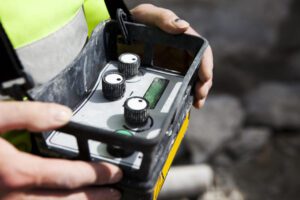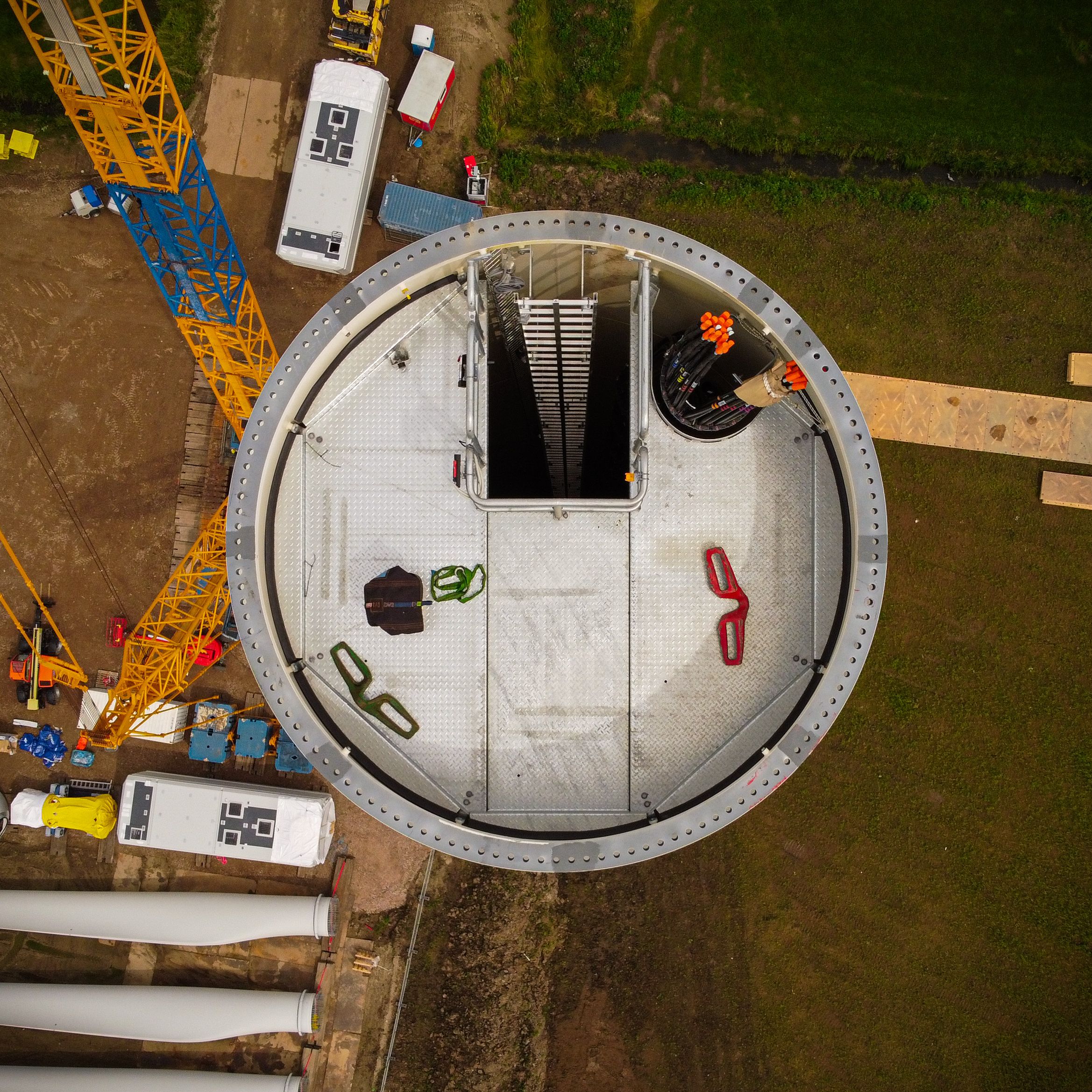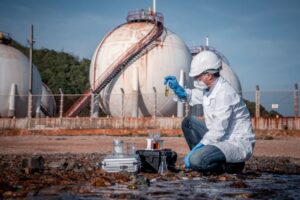As an employer, your responsibility is to provide a safe work environment for your employees. When it comes to confined space entry or working at heights, this responsibility becomes critical. Choosing the proper entry and fall protection equipment can mean the difference between life and death. With many options on the market, determining what is suitable for your specific needs and applications can be challenging. However, by focusing on essential criteria like reliability, durability, and compliance with safety standards, you can select equipment that will truly protect your workers. In this article, we will explore the key types of entry and fall protection equipment used for accessing fuel storage tanks and how to evaluate which options are right for your workplace. The lives of your employees depend on it.
Understanding Safe Entry Equipment for Fuel Storage Tanks
When working around fuel storage tanks, proper safety equipment is essential. As an employer, it is your responsibility to provide employees with gear that will adequately protect them in hazardous environments. For entry into fuel storage tanks, this means:
Respiratory protective equipment (RPE)
Employees require full-face mask respirators with organic vapor cartridges to prevent inhalation of toxic fumes. Self-contained breathing apparatuses (SCBA) may be necessary for some tank entry.
Protective clothing
Chemical-resistant suits, gloves, safety glasses, hard hats, and steel-toed boots must be worn. Clothing should be specifically rated for hydrocarbon exposure.
Fall protection
Most tanks require the use of fall protection harnesses due to unstable, slippery surfaces. Anchorage points must be established before any employee enters the tank.
Gas detection

Hoisting and retrieval equipment
Employees entering tanks must wear full body harnesses attached to mechanical lifting hoists in case of emergencies. Hoisting equipment should allow for quick extraction without requiring rescuers to enter the tank.
By providing proper respiratory protection, protective suits, harnesses, gas detectors, and other critical gear, you can help ensure your employees’ safety when entering and working in fuel storage tanks. Conducting risk assessments, developing standard operating procedures, and training employees on equipment usage are also imperative for workplace safety. Following these best practices will limit hazards and create a safe environment for your team.
Choosing the Right Confined Space Entry Equipment
When entering a confined space like a fuel storage tank, proper safety equipment is critical. As an employer, you must provide equipment that protects workers from hazards and ensures their safe entry and exit.
Respiratory Protection
For fuel storage tanks, a self-contained breathing apparatus (SCBA) provides the highest level of respiratory protection from hazardous fumes. Look for an SCBA certified as “intrinsically safe” to prevent ignition of flammable vapors. Provide adequate air supply for the work being performed.
Protective Clothing
Retrieval Systems
A fall arrest or retrieval system with full-body harness allows for rescue from heights or confined spaces. For vertical entry into tanks, a tripod-mounted retrieval winch is ideal. The system should allow for raising and lowering workers, and provide a quick-release mechanism in case of emergency.
Lighting
Adequate lighting, such as LEDs, approved for hazardous locations should be provided. If the primary lighting fails, intrinsically safe flashlights or headlamps should be used.
Monitors
Use multi-gas monitors to test atmospheric conditions before and during entry. Monitors should detect oxygen levels, flammable gasses, and toxic fumes. Calibration and proper use must be done by trained technicians.
By providing the appropriate equipment and enforcing strict safety standards, employers can facilitate confined space entry and help prevent injuries or fatalities. The lives of workers depend on it.
Conclusion
As you have seen, there are many essential factors to consider when selecting entry equipment for fuel storage tanks. Your team’s safety should be the top priority, so do not cut corners to save costs. Proper preparation and planning, high quality equipment designed specifically for hazardous environments, comprehensive training, and strict procedures will help ensure everyone goes home safely at the end of the day. Take the time to evaluate options from reputable manufacturers, understand the specific hazards of your tanks, and make safety the key driver behind every decision. The right tools and oversight are being counted on by your employees to get the job done without putting lives at risk. Safety first is not just a slogan – it is a commitment you make to your team each time work begins on a fuel storage tank. Choose wisely and stay vigilant. Lives depend on it.




